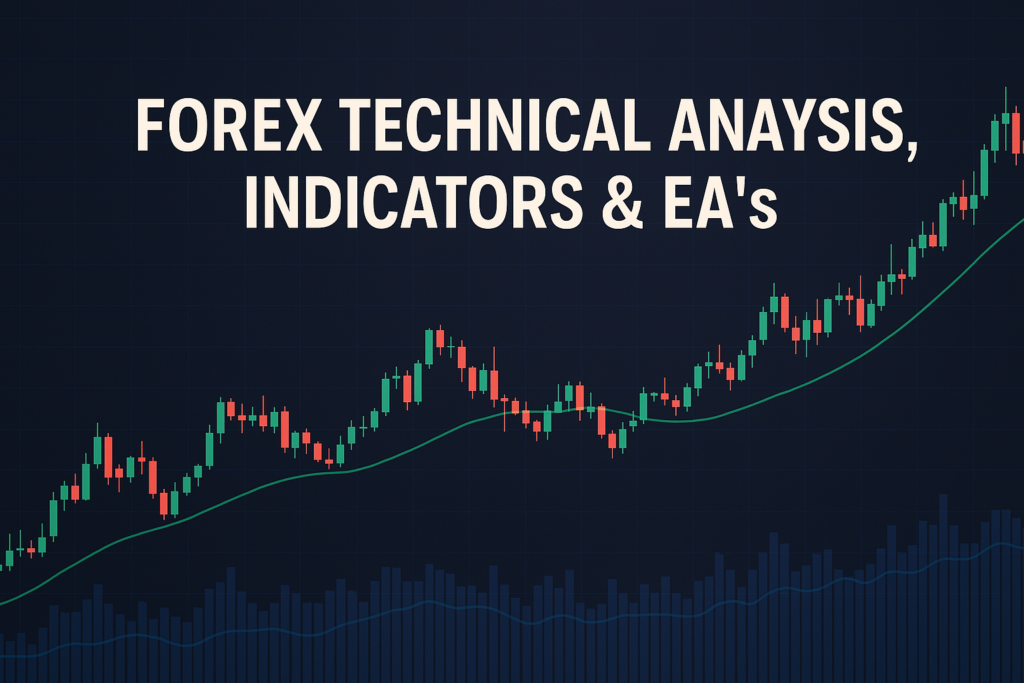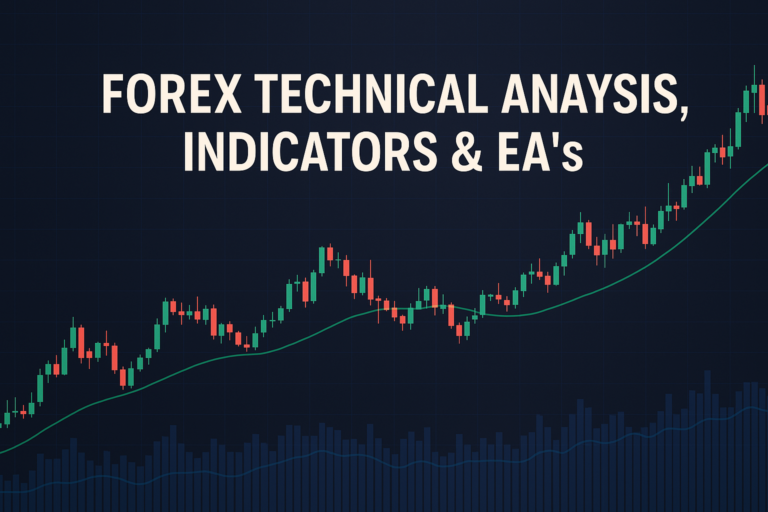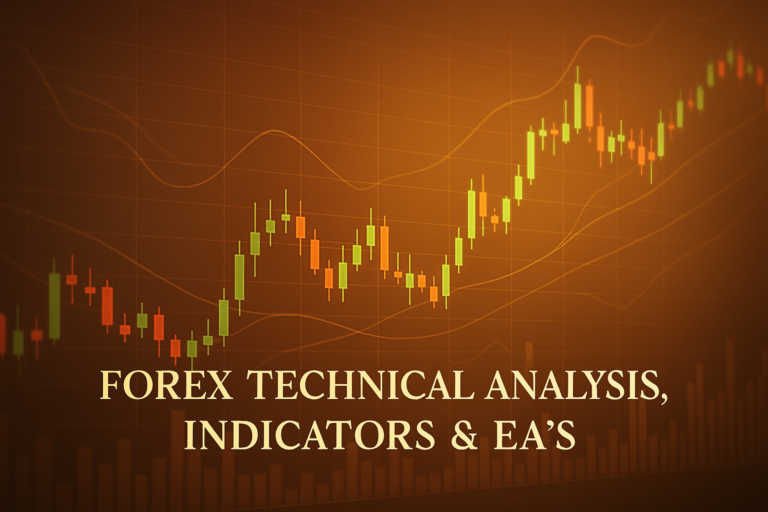
The EUR USD moving average is essential for traders seeking to identify trends and make informed decisions in Forex trading.
Have you ever wondered why some Forex traders seem to have the magic touch? They often rely on tools like the EUR USD moving average to guide their trading decisions. This simple yet powerful tool helps traders identify trends and make informed choices in the fast-paced world of Forex trading.
Many traders, both beginners and professionals, struggle with the concept of moving averages. It’s not uncommon to feel overwhelmed by the charts and numbers. However, understanding the EUR USD moving average can be a game-changer. It allows traders to make sense of price fluctuations, ultimately leading to smarter trading decisions.
In this article, we will explore the basics of the EUR USD moving average, its history, the advantages and disadvantages, and practical strategies to apply it effectively. Let’s dive into the world of moving averages and see how they can help you in your trading journey.
One important tool to consider alongside the EUR USD moving average is the williams percent range r. This indicator can provide additional insights into market conditions and enhance your trading strategy.
What is a EUR USD Moving Average?
The EUR USD moving average is a mathematical tool that helps traders analyze price trends over a specific period. Imagine you want to know the average temperature in your city over the past week. You collect the daily temperatures and calculate the average. The moving average does the same for currency prices, smoothing out the fluctuations to give you a clearer picture.
Types of EUR USD Moving Average
There are several types of moving averages, each with its unique characteristics:
- Simple Moving Average (SMA): The simplest type, calculated by averaging the prices over a specific number of periods.
- Exponential Moving Average (EMA): This type gives more weight to recent prices, making it more responsive to price changes.
- Weighted Moving Average (WMA): Similar to EMA, but it applies different weights based on the importance of each price point.
How EUR USD Moving Average Smooths Out Price Action
Moving averages help traders see the overall trend by reducing short-term price fluctuations. Imagine trying to read a book while someone shakes the pages. It’s hard to focus! The moving average calms the noise, making it easier to spot trends. For example, if the EUR USD moving average is trending upwards, it indicates that the Euro is strengthening against the dollar.
Common Periods Used and Why
Traders often use different periods for moving averages, such as 50 days, 100 days, or 200 days. A shorter period (like 50 days) is more sensitive to price changes, while a longer period (like 200 days) provides a broader perspective. Choosing the right period depends on your trading style. If you’re a day trader, you might prefer shorter periods, while long-term investors may opt for longer ones.
The History of EUR USD Moving Average: How It Became Popular
Origin of EUR USD Moving Average
The concept of moving averages dates back to the early 1900s when traders needed tools to analyze market trends. It became popular in Forex trading as it provided a simple yet effective way to identify price movements. The EUR USD moving average gained traction as traders realized its potential to enhance their strategies.
When Did Traders Start Using It Widely?
As technology advanced in the late 20th century, traders began utilizing computers for data analysis. This led to a surge in the use of moving averages, with many traders adopting them as part of their daily strategies. The EUR USD moving average quickly became a staple among Forex traders.
Real-Life Stories
Many professional traders credit their success to the EUR USD moving average. For instance, a trader once noticed a consistent upward trend in the EUR USD moving average. By following this trend, they were able to enter and exit trades at the right moments, ultimately making a significant profit. Such success stories highlight the importance of understanding this powerful tool.
Advantages and Disadvantages of EUR USD Moving Average
Advantages:
- Helps Identify Trends Easily: Moving averages make it simple to spot whether a currency is trending up or down.
- Useful for Dynamic Support and Resistance: Traders can use moving averages as reference points for setting stop-loss orders.
- Works Well for Crossover Strategies: When two moving averages cross, it can signal potential buy or sell opportunities.
Disadvantages:
- lags behind price movements: Because it calculates averages, it may not react quickly to sudden price changes.
- Can Give False Signals in Sideways Markets: In choppy markets, moving averages might suggest a trend when there is none.
How to Apply EUR USD Moving Average on MT4 & MT5
Step-By-Step Guide to Adding EUR USD Moving Average on Charts
To add the EUR USD moving average on your MetaTrader platform, follow these simple steps:
- Open your MT4 or MT5 platform.
- Select the EUR USD currency pair.
- Click on “Insert” in the top menu, then choose “Indicators” and “Trend.”
- From the list, select “Moving Average.”
Customizing EUR USD Moving Average Settings
You can customize the moving average settings based on your preferences. Adjust the period to suit your trading style, and choose colors that stand out on your charts. This will help you quickly identify trends.
Saving Templates for Easy Application
After customizing your EUR USD moving average, save it as a template. This allows you to apply the same settings to other charts effortlessly. Just right-click on the chart, select “Template,” and then “Save Template.” Name it something memorable!
5 to 7 Trading Strategies Using Only EUR USD Moving Average
Strategy 1: All Time Frame Strategy (M5 to D1)
This strategy works across different time frames. For example, in a 15-minute chart, if the EUR USD moving average is trending upwards, look for buying opportunities. Conversely, sell when the trend is downward.
Strategy 2: Trending Strategies
When the EUR USD moving average is sloping upwards, focus on buying. If it’s sloping downwards, consider selling. This strategy is perfect for identifying strong trends.
Strategy 3: Counter Trade Strategies
In this strategy, look for moments when the EUR USD moving average changes direction. For example, if it has been in a downtrend but starts turning up, consider buying.
Strategy 4: Swing Trades Strategies
For swing trading, wait for the price to return to the moving average before entering a trade. If the price bounces back, it’s a signal to buy; if it breaks through, consider selling.
Strategy 5: Crossover Strategy
Use two different moving averages, like a 50-period and a 200-period. When the shorter moving average crosses above the longer one, it’s a buy signal. When it crosses below, it’s a sell signal.
5 to 7 Trading Strategies Combining EUR USD Moving Average with Other Indicators
Strategy 1: All Time Frame Strategy (M5 to D1)
Combine the EUR USD moving average with the RSI (Relative Strength Index). When the RSI is below 30 and the price is near the moving average, it’s a good buying opportunity. When the RSI is above 70 and the price is near the moving average, consider selling.
Strategy 2: Trending Strategies
Use the moving average along with MACD (Moving Average Convergence Divergence). If the MACD line crosses above the signal line while the price is above the moving average, it’s a buy signal. If it crosses below, it’s a sell signal.
Strategy 3: Counter Trade Strategies
Combine the moving average with Bollinger Bands. If the price hits the lower band and the moving average is sloping upwards, consider buying. If it hits the upper band with a downward sloping average, think about selling.
Strategy 4: Swing Trades Strategies
Use the moving average along with Fibonacci retracement levels. If the price retraces to the moving average and a Fibonacci level aligns, it could be a strong buying or selling point.
Strategy 5: Crossover Strategy
Combine moving averages with the Stochastic Oscillator. When the shorter moving average crosses above the longer one and the Stochastic is below 20, it’s a buying signal. If it crosses below with the Stochastic above 80, it indicates a sell.
Another useful tool is the nvda moving average, which can help traders further refine their strategies.
Top 10 FAQs About EUR USD Moving Average
1. What is a moving average in Forex trading?
A moving average is a calculation that helps smooth out price data over a specific time period. It helps traders identify trends.
2. How do I calculate the EUR USD moving average?
To calculate the moving average, sum the closing prices over a specified number of periods and divide by that number.
3. Why is the EUR USD moving average important?
It helps traders determine the overall trend direction, making decision-making easier.
4. What is the best period for a moving average?
The best period depends on your trading style. Shorter periods are better for day trading, while longer periods are suited for long-term investors.
5. Can moving averages predict future prices?
While they can indicate trends, moving averages do not predict future prices with certainty. They should be used in conjunction with other analysis tools.
6. How often should I check my moving averages?
It depends on your trading strategy. Day traders may check them multiple times a day, while long-term traders may check them weekly.
7. What are the limitations of moving averages?
They lag behind price movements and can give false signals in sideways markets. It’s essential to use them alongside other indicators.
8. Can I use moving averages for other currency pairs?
Yes, moving averages can be applied to any currency pair, not just EUR USD.
9. How do I set up a moving average on my trading platform?
Follow the platform’s instructions to insert indicators. Choose the moving average option and customize it as needed.
10. Are moving averages suitable for beginners?
Absolutely! They are one of the simplest tools to understand and can provide valuable insights for new traders.
Conclusion
The EUR USD moving average is a powerful tool that can help traders navigate the complex world of Forex trading. By understanding how it works, its advantages and disadvantages, and implementing effective strategies, you can enhance your trading skills.
Remember to test different strategies in a demo account before committing real money. With patience and practice, you can master the EUR USD moving average and make informed trading decisions.
To deepen your understanding of forex trading, consider exploring resources like Saxo Bank, International Monetary Fund
Expand Your Knowledge
- 📌 Forex Trading Learning Road Map
- 📌 Forex Trading Course with no Fees
- 📌 Forex Trading Issues, Problems, and Solutions
- 📌 Forex Daily Forecast & Live Updates
- 📌 Forex Fundamental & News Analysis: Tomorrow’s Market Movers & Trade Opportunities
- 📌 Forex Education Hub: Learn & Profit
- 📌 Forex Technical Analysis, Indicators & EA’s
Start Trading Today
Ready to take your forex trading to the next level? Open an account with Exness, one of the most trusted platforms in the industry. 👉 Sign Up Now and trade with confidence!
My recommended broker stands out with ultra-low spreads for beginners, instant withdrawals, and zero spread accounts for pro traders.
Trusted since 2008, lightning-fast execution, no hidden fees, and a secure, transparent trading environment—giving you the edge you need to succeed. 🚀
YouTube Video Library: Related Videos
Buy or Sell : Moving Average
$2660 Scalping the 1 Min chart ⭐️#forex #trading
Technical Analysis – 13/02/2017 – EURUSD neutral above 50-day moving average
I Found An AMAZING Trend Following Strategy #shorts
20 pips is all you need. let me show you why #shorts
Eur/usd analysis 🤔 bullish?
Technical Analysis – 30/08/2016 – EURUSD bearish below 100-day moving average
Note: The video above is embedded from YouTube and is the property of its original creator. We do not own or take responsibility for the content or opinions expressed in the video.



